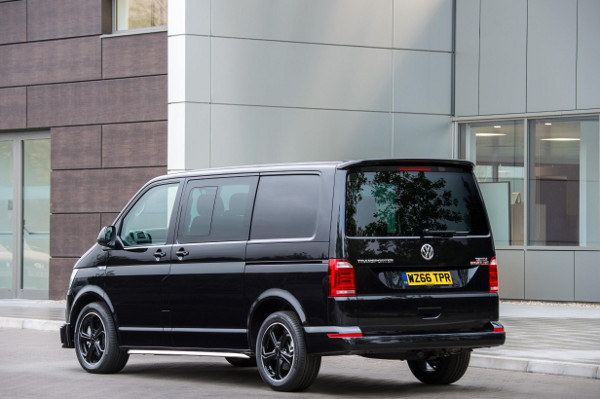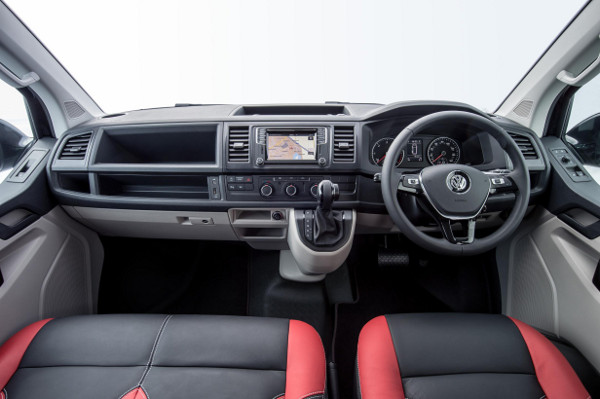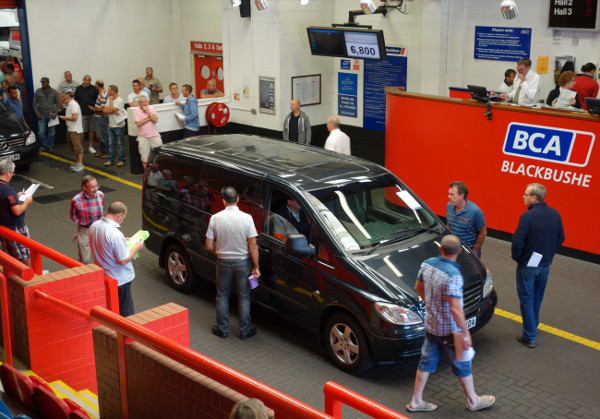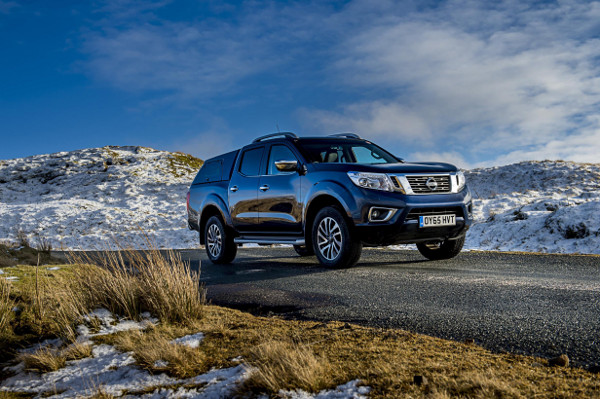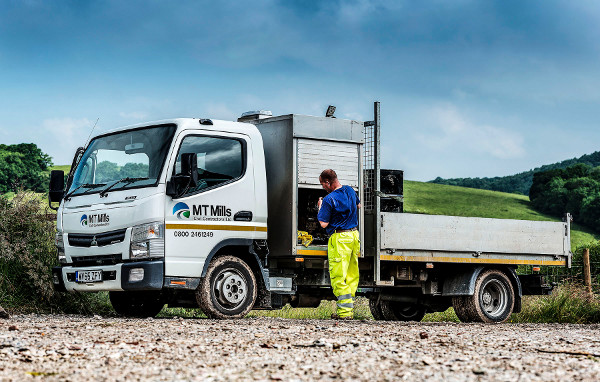Little things can make a big difference when you’re working hard.
Like being able to lock and unlock your van reliably, without having to worry about whether your key fob will still work after having been dropped in a puddle.
Vehicle key fobs fail or need new batteries with tedious regularity. But Ford is determined to rescue hard-working van drivers from this minor form of purgatory.
The company has introduced a new ignition key for Transit and Transit Custom vans that promises to be almost indestructible and should never need a new battery.
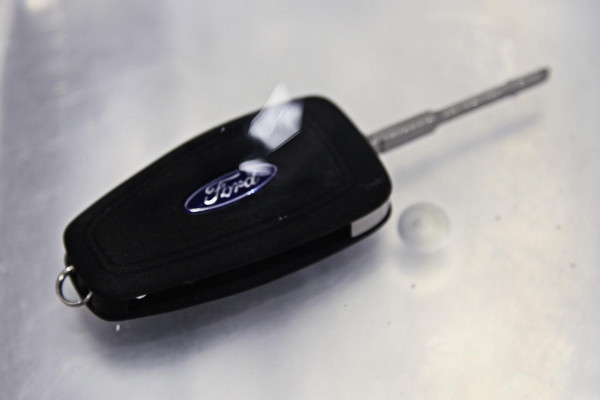
Ford tested the key – for Transit and Transit Custom vans – to ensure it could survive being submerged underwater for 30 minutes, dropped 50 times onto a concrete floor and exposed to temperatures from 60deg C to – 20deg C.
Engineers also tested the key using using climatic chambers in temperatures simulating everything from desert heat to arctic cold, and in humidity levels of up to 100 per cent. Further tests included ensuring:
- Dust resistance – five hours surrounded by a fine, penetrating dust
- Chemical resistance – up to 96 hours continuous exposure to diesel, petrol, ethanol, detergents and sweat
- Pocket simulation – four hours non-stop vibration with coins and other keys
- Button durability – 10 button presses with 12 times the usual force
- Endurance – 100,000 activations in temperatures ranging from 50deg C to -10deg C
The new Transit key fob looks like any other ignition key, with a keypad to lock the vehicle and a flip-style key blade. However, to ensure it is completely waterproof, it is permanently sealed shut, with the two halves of the plastic housing joined by friction welding. The inside of the key is carefully designed to resist typical workplace impacts, and a rechargeable battery cell is charged whenever the key is placed in the ignition, to ensure it never runs out of charge.
Personal experience backs up Ford’s claims of ignition key quality. I recently sold a 2001 Transit which I’d owned for eight years. The key fob still worked perfectly.
In contrast, the key fob for my much newer Peugeot car has needed fixing twice in the last three years.
Just another reason to own a Transit, I guess.





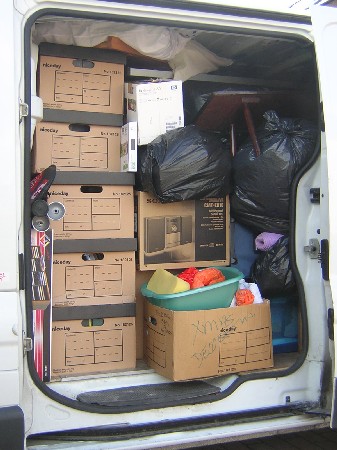

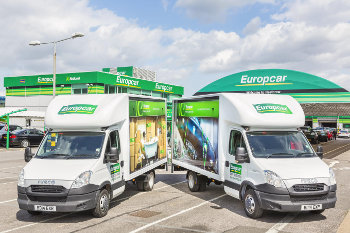
 Driving to collect a hire van can be the slowest part of the process, especially if you have to battle through rush hour traffic.
Driving to collect a hire van can be the slowest part of the process, especially if you have to battle through rush hour traffic.